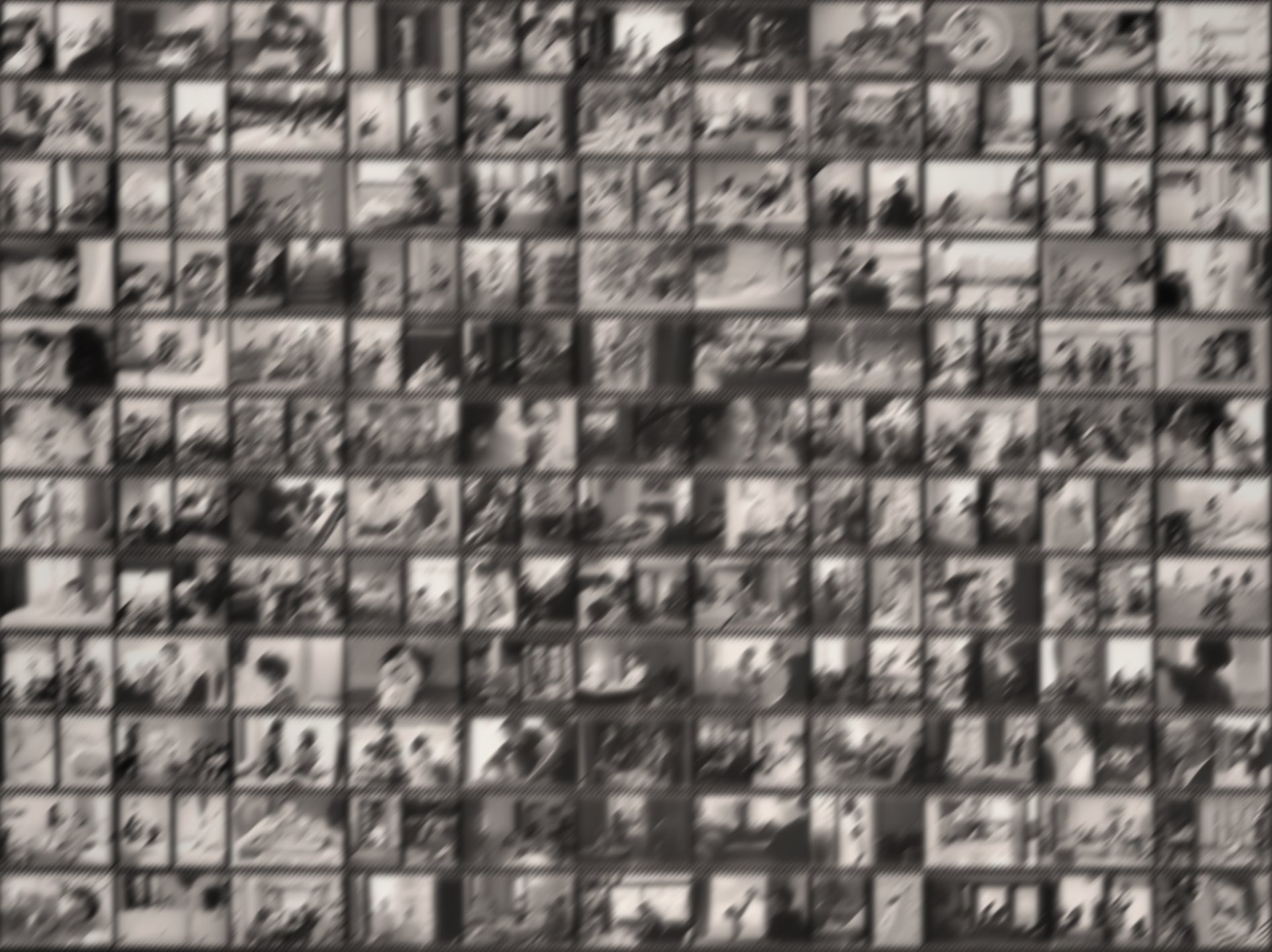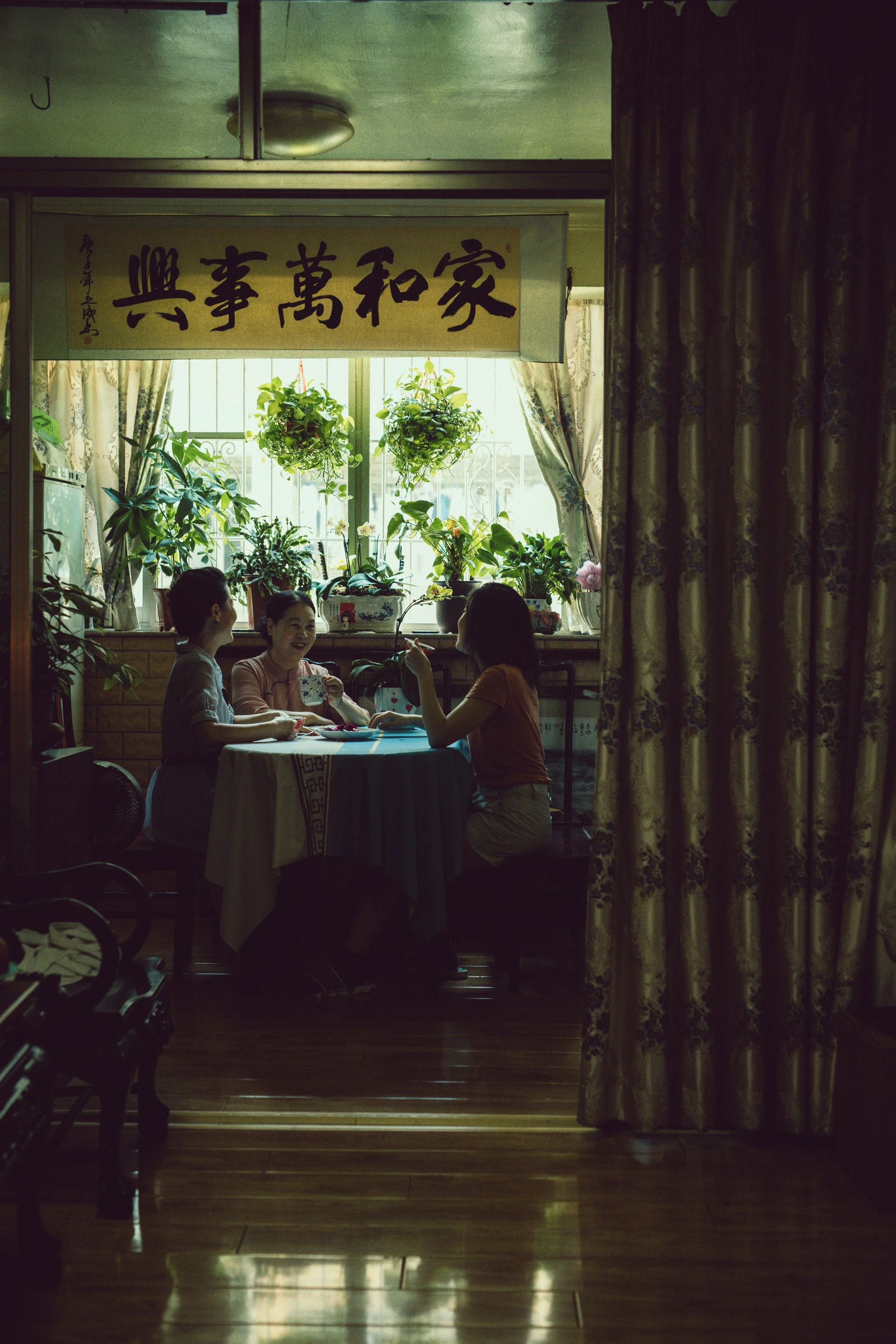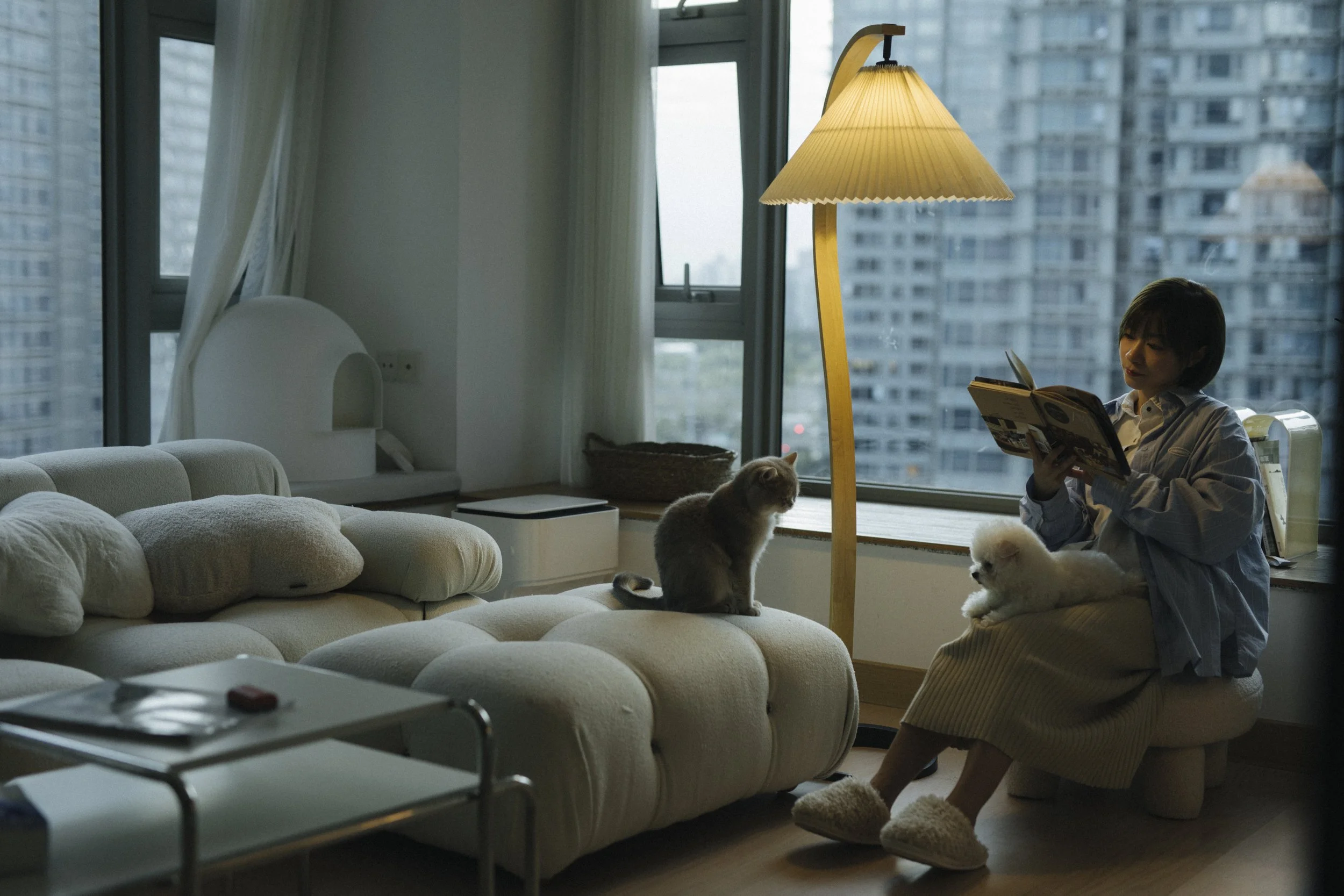
100 Families
ongoing project
The project documented 100 families within five years, where I focused on the different types of family structures in the four top-tier cities of China (Beijing, Shanghai, Guangzhou and Shenzhen). The families contained single-parent families, transnational marriage families, singles, pet families, four generations under one-roof families, and families under one-child and two-child policy.
Memory Museum
On 18 June 2022, I held a solo exhibition, also a retrospective of 100 families, where I acted as a communicator. The character of the work shifted from individual families to the ones that represent the general living conditions of the current Chinese urban dwellers. Through the power of mass media, individual memories were transformed into collective memories. If the filming experience in these five years could be made up of a sociological questionnaire, then the exhibition was my answer. The exhibition was divided into eight areas with 222 photographs, 10 video works and three large-scale installations.
About Exhibition
I considered the exhibition a site-specific installation, where it could be seen as an in-depth study of my family relationships and upbringing. In this project, I treated photography as a mode of documentary material while sharing the results of my research in those years by regrouping and reordering them. The project was filmed in a weakly self-referential way; in fact, the curation of the comprehensive exhibition was a subjective view of the presentation. Through the different installations, I encouraged the audiences to participate actively, focusing more on their feedback and responses to pass their voice through the mass media. The whole exhibition was an actual experiment. What finally brought them together are the intermittent interruptions, the unspoken interrelationships, and the tacit understanding that they shared. The audiences were brought into the story and becomes part of the reflective subject.
About Porject
The internal structure of Chinese families today is complex and diverse. I acted as a documentarian, erasing a certain amount of subjectivity. On the contrary, I recorded these families at different stages of life (life and death) from the ground up with an objective view. This documentary archive extracted the life of each family over a certain period, and the photographs were slices of time in a particular segment.
Selection





























